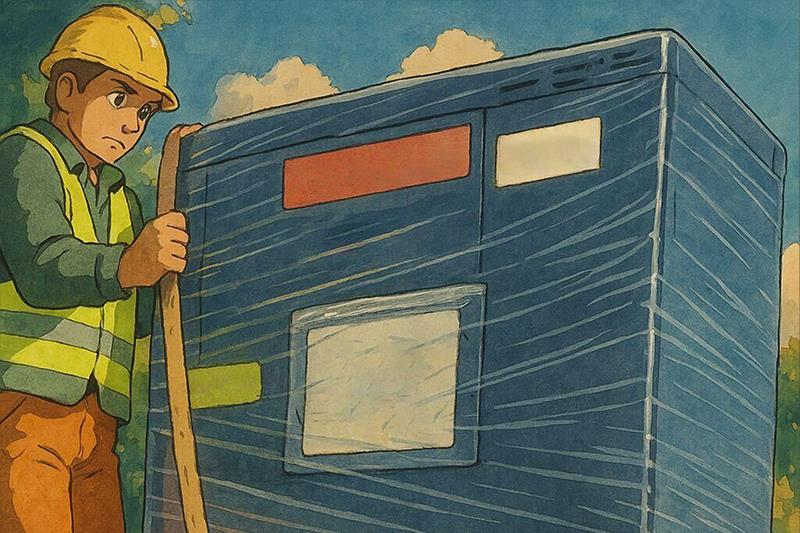Spring is the season when catkins are abundant. Mechanical equipment including air compressors may have certain impacts, mainly manifested in:
1.Air intake system is clogged: Catkins are light, easy to fly and have a certain degree of adhesion, and are easily sucked into the air inlet of the air compressor. It may accumulate in the air filter, air intake valve and other parts, causing blockage of the air intake passage, reducing air flow, and affecting the suction efficiency and overall performance of the air compressor.
2.Oil circuit pollution: For oil-lubricated air compressors, if catkins enter the oil circuit system, they may mix with the lubricating oil and form impurity deposits, which will affect the lubrication effect of the lubricating oil and increase the risk of wear of moving parts. At the same time, catkins may also clog the oil filter and hinder the normal circulation of lubricating oil, resulting in insufficient oil supply, causing equipment overheating or poor lubrication and other problems.
3.Electrical system failure: Catkins have a certain degree of conductivity. If they accumulate in large quantities around the electrical components of the air compressor, they may cause electrical failures such as short circuits and reduced insulation performance, affecting the safe and stable operation of the equipment.
4.Decreased cooling effect: For air compressors using air-cooled cooling systems, catkins covering the surface of the heat sink will hinder the air flow, reduce heat dissipation efficiency, and increase the internal temperature of the air compressor.
Strategies to deal with the threat of catkins:

1. Optimize the protection of the air intake system: Install a filter at the front end of the air compressor air intake to intercept most of the catkins in advance. At the same time, regularly check and clean the filter to prevent catkins from accumulating.
2. Strengthen the maintenance of the cooling system: regularly use compressed air or special radiator cleaning tools to reversely purge the radiator fins to remove catkins, dust and other debris. In the season of flying catkins, appropriately increase the speed of the cooling fan to enhance the cooling effect. At the same time, pay close attention to the operating temperature of the air compressor. Once the temperature is found to be abnormally high, stop the machine in time to check and clean the cooling system.
3. Improve the level of equipment operation management: formulate a strict equipment inspection system, increase the inspection frequency during the peak period of catkins, focus on checking the operation of the air intake system, cooling system and mechanical components, and promptly discover and deal with problems. Train operators to make them familiar with the harm of catkins to air compressors and countermeasures, and enable them to correctly operate equipment and handle simple faults. Reasonably adjust the operating time and load of the air compressor to avoid long-term high-load operation during the period of dense catkins, and reduce the chance of catkins entering the equipment.
Although catkins are small, they can pose a threat to the stable operation of air compressors that cannot be ignored. By taking the above comprehensive protection and solution measures, the impact of catkins on air compressors can be effectively reduced, ensuring efficient and reliable operation of equipment, and providing a solid guarantee for the continuous and stable operation of industrial production.
